The Quasi-War with France
Between 1798 and 1800, the United States fought an undeclared war with France called the Quasi-War, or Half War, because it was not formally recognized by Congress. It was largely a naval conflict fought in the Caribbean and southern coast of America and developed because of a series of related events that soured the formerly strong relationship between the two nations.
By early 1798, due to perceived insults by the Revolutionary French government and depredations by French privateers on American merchant ships, there were growing calls in America, especially among the Federalists, to declare war on France. President John Adams, wanting to maintain our neutrality, refused to take this drastic step.
However, the president recognized the United States needed to defend its ships and its right to freedom of the seas. The immediate need was to recreate our navy, which had been disbanded due to budget cuts soon after the American Revolution and the distrust the Jeffersonian Democratic-Republicans had for federal departments.
Up to this point, naval matters had come under the direction of the secretary of war. But, on April 30, 1798, Congress created the Department of the Navy, and, on June 18, President John Adams named Benjamin Stoddert as the first secretary of the navy. Stoddert, who had served in the cavalry during the American Revolution until wounded at Brandywine, would prove to be a good choice. He possessed a long range vision for the navy and led the construction of the nation’s first six naval yards.
Congress also finally appropriated the necessary funds to finish six frigates that had been authorized in 1794 but never completed. These ships were authorized a full complement of 350-450 men and carried between thirty-eight and fifty guns, each of which fired eighteen or twenty-four pound solid balls to destroy enemy ships and grapeshot (loose metal fragments like shrapnel) to kill enemy sailors.
Three of these (USS Constellation, USS Constitution, USS United States) were manned and put to sea in 1798. The remaining frigates (USS Congress, USS Chesapeake, USS President) went into action in 1799 and 1800. Congress also appropriated funds for two more frigates and four sloops (smaller, fewer guns, and faster than the frigates).
This new federal fleet was further augmented by so-called “subscription ships,” vessels paid for by private funds, typically by a coastal city. One of these privately owned ships, the USS Boston, a frigate raised in Boston, captured eighty French vessels in her cruises around the Caribbean in less than two years.
Not surprisingly, these ships proved to be very lucrative for the owners as they were allowed to keep any money obtained from capturing enemy vessels and selling them and their cargo to the highest bidder. Between federal and private ships, Navy Secretary Stoddert built up an American fleet of about twenty-five fighting vessels.
On July 7, 1798, Congress authorized this new United States Navy to begin seizing French ships, marking the “official” start date of the Quasi-War. Recognizing our fleet was too small to patrol the entire Atlantic, Secretary Stoddert wisely decided to concentrate its efforts in the Caribbean where most of the French privateers were based. Almost immediately, our seamen proved their worth.
Because of the conflict in Europe, most French battleships were bottled up by the much stronger English Navy. Consequently, the French ships that made it to the Caribbean were frigates and schooners similar in size to their American counterparts. As a result, most of the fights were single ship engagements.
The American ships performed well and outclassed their French adversaries in virtually every encounter. Over the course of more than two years and numerous engagements, our fledgling navy lost only one ship in battle, the USS Retaliation, which we recaptured seven months later.
"Thomas Truxton." Naval History and Heritage Command.
Our most successful commander in the Quasi-War was Captain Thomas Truxton, commander of the USS Constellation. Truxton, who went to sea at the age of twelve aboard a British merchant ship, was a former privateer captain in the American Revolution.
Over the course of the war, Truxton and his men engaged in the two most significant one-on-one naval battles with the French. Due to the crew’s superior training and Truxton’s seamanship, the Constellation captured L’Insurgente on February 9, 1799, and destroyed La Vengeance on February 1, 1800. In both cases, the Constellation overcame larger and more heavily gunned French warships.
Despite America’s clear superiority in ship-to-ship engagements, the United States lost about 2,000 merchantmen to French privateers over the course of the war. The limited number of naval vessels available for convoy protection and the extensive trade routes they had to guard were simply too much to prevent significant losses. Between captured ships and cargo, the cost amounted to about $20 million by the end of the conflict.
That said, prior to the creation of the navy, the cost to insure vessels and their cargo had significantly increased. With the navy’s success, insurance rates plummeted. It is estimated the United States fleet saved ship owners $9 million in insurance costs while the government spent roughly $2.5 million to build it. That was an excellent return on investment and supporters of a large, permanent navy often reminded Congress of this fact.
Next week, we will discuss the end of the Quasi War. Until then, may your motto be “Ducit Amor Patriae,” love of country leads me.


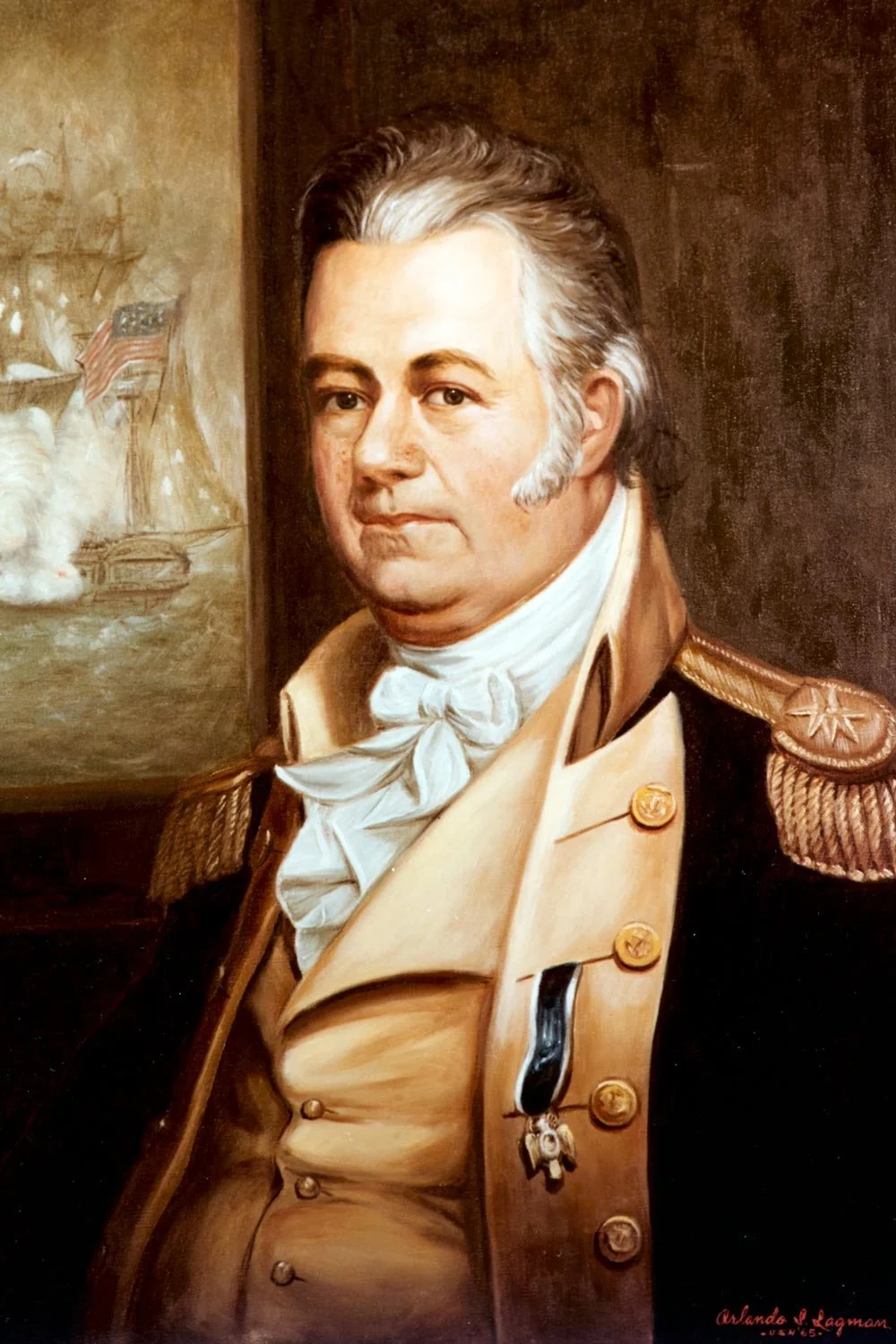



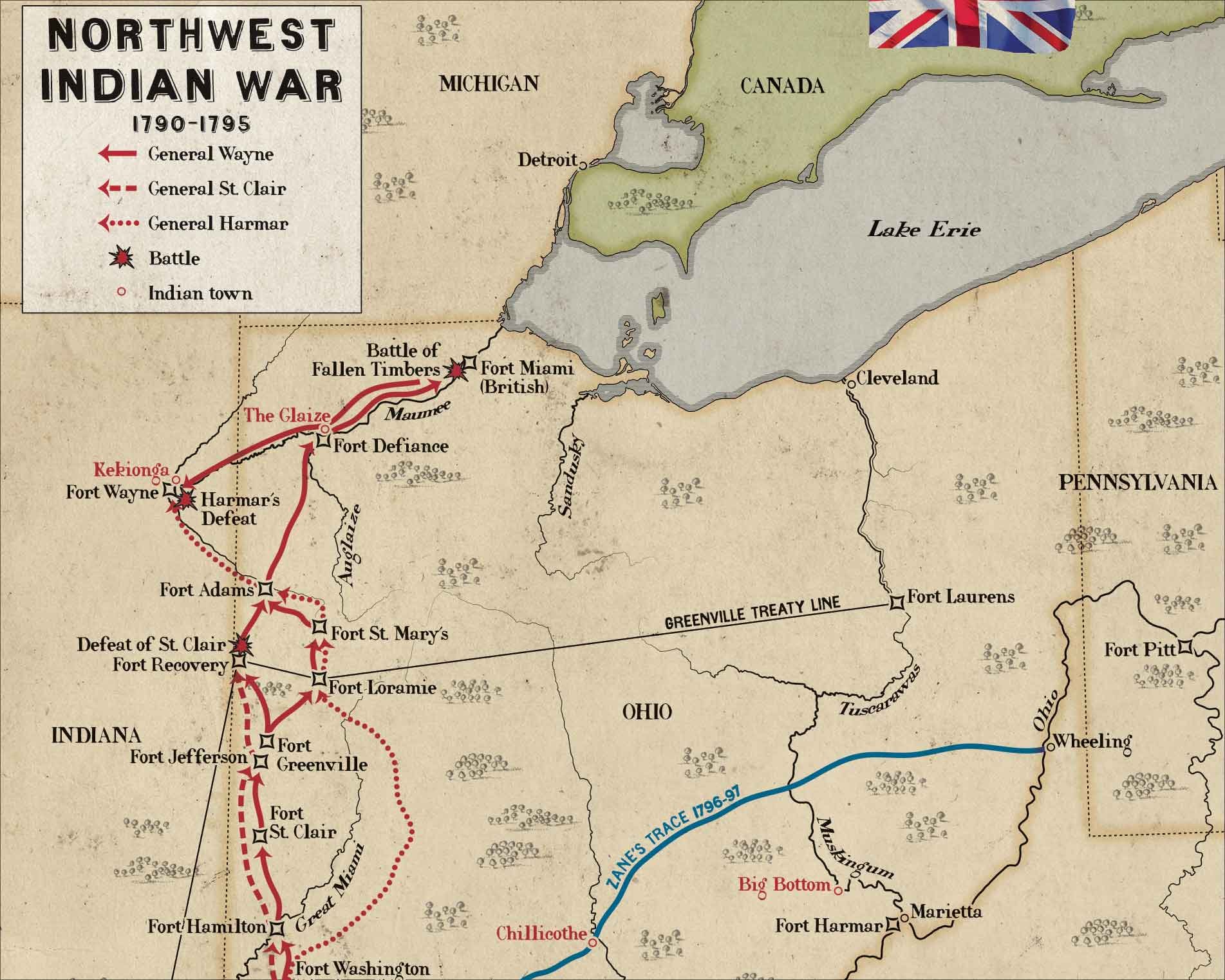
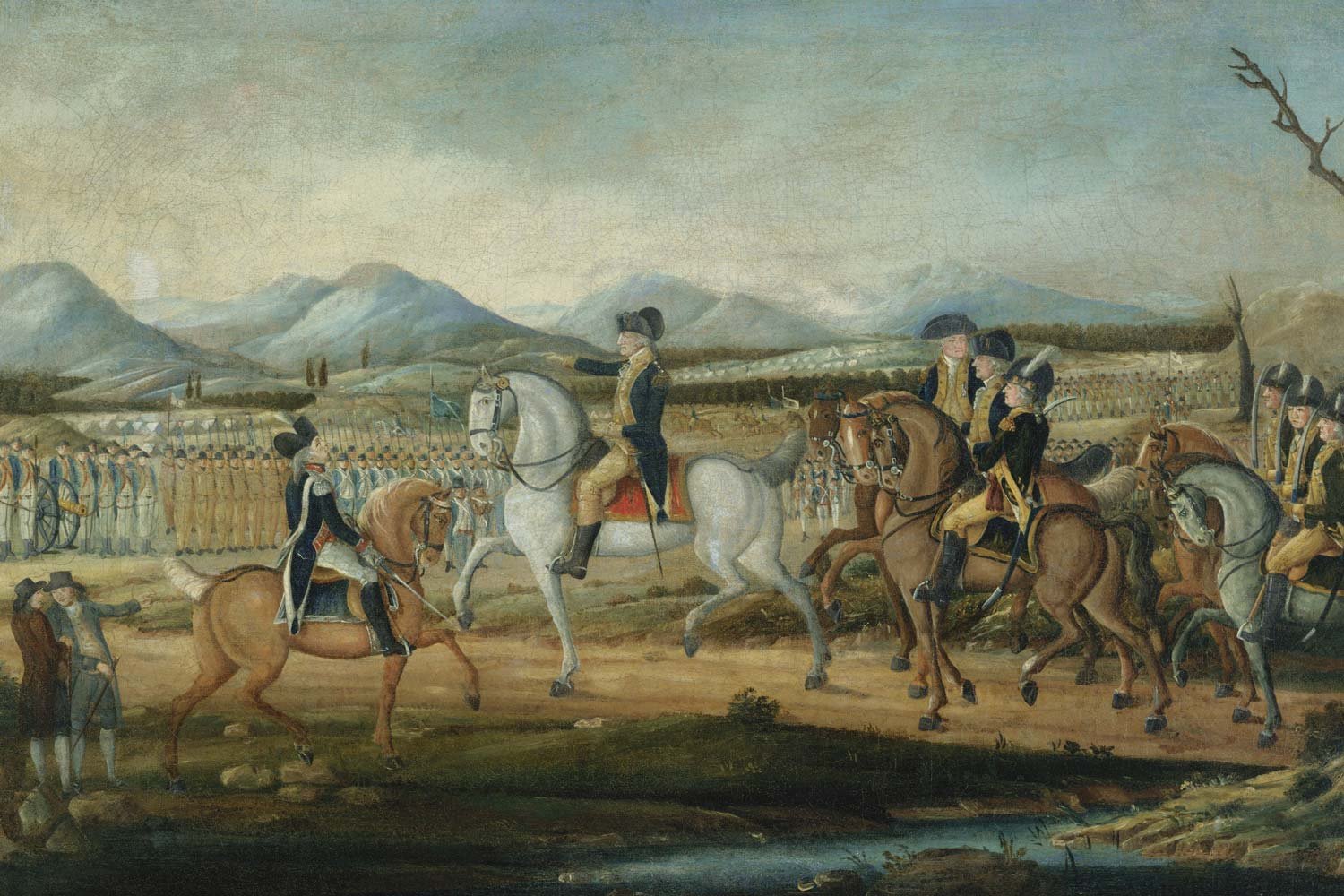
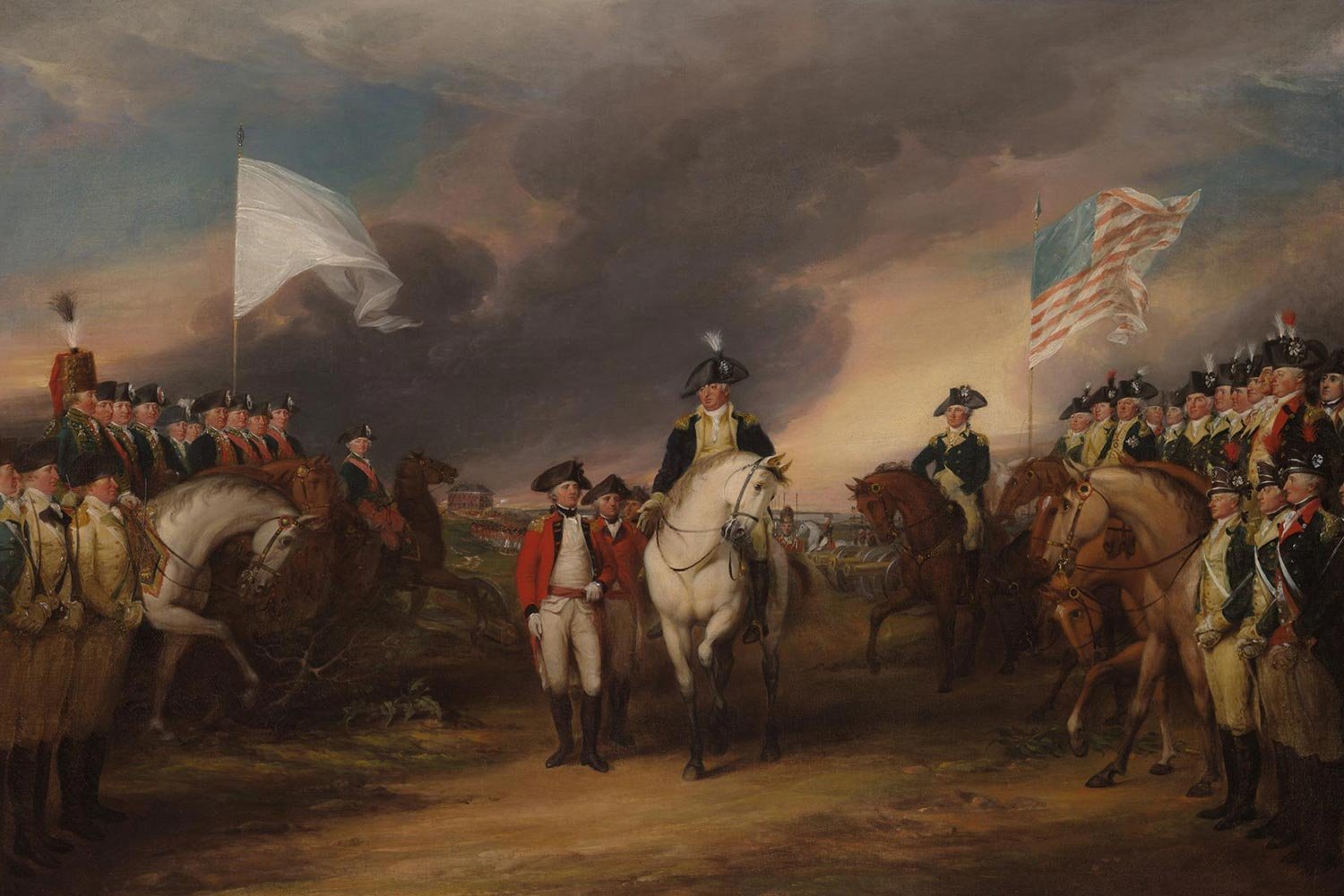
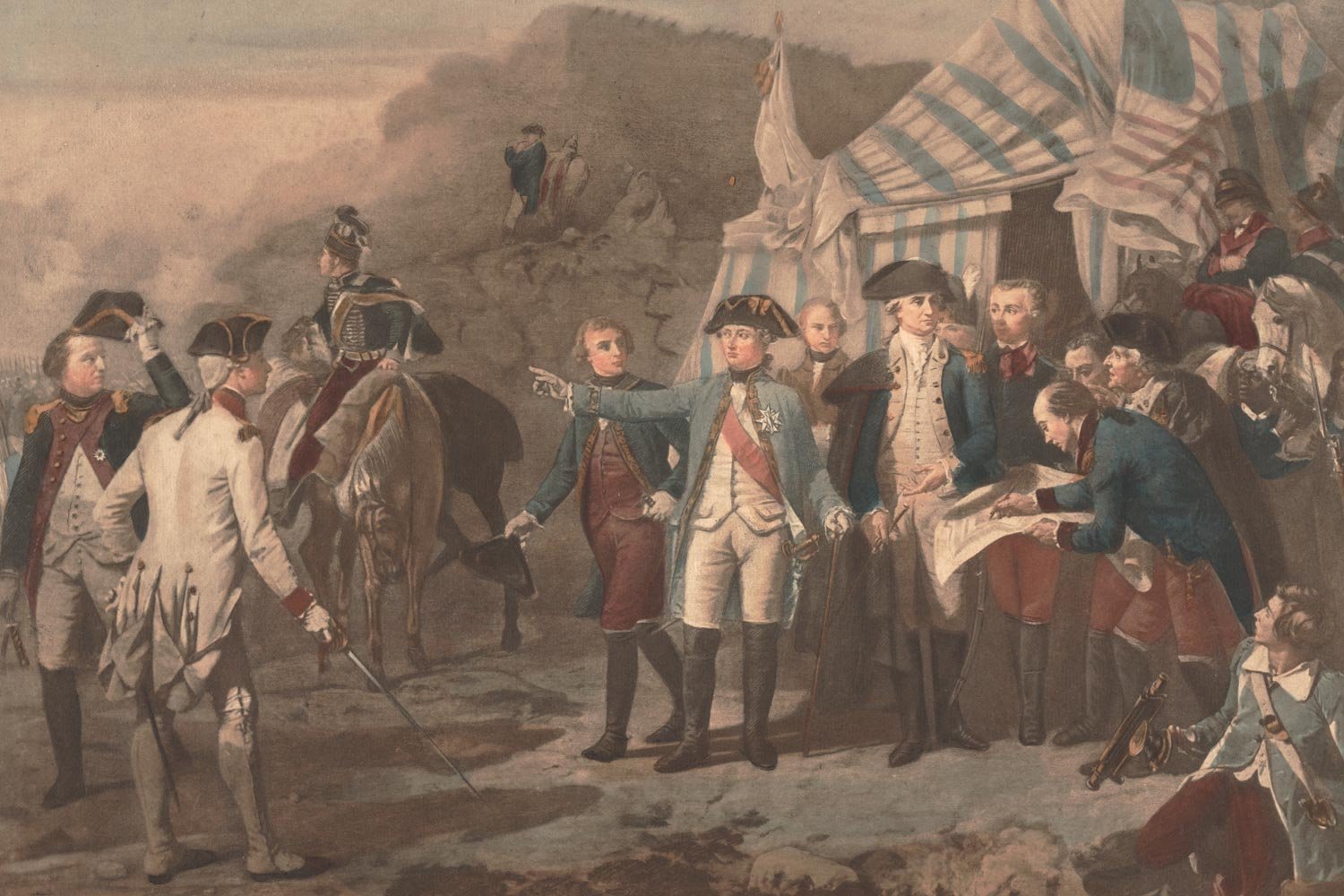
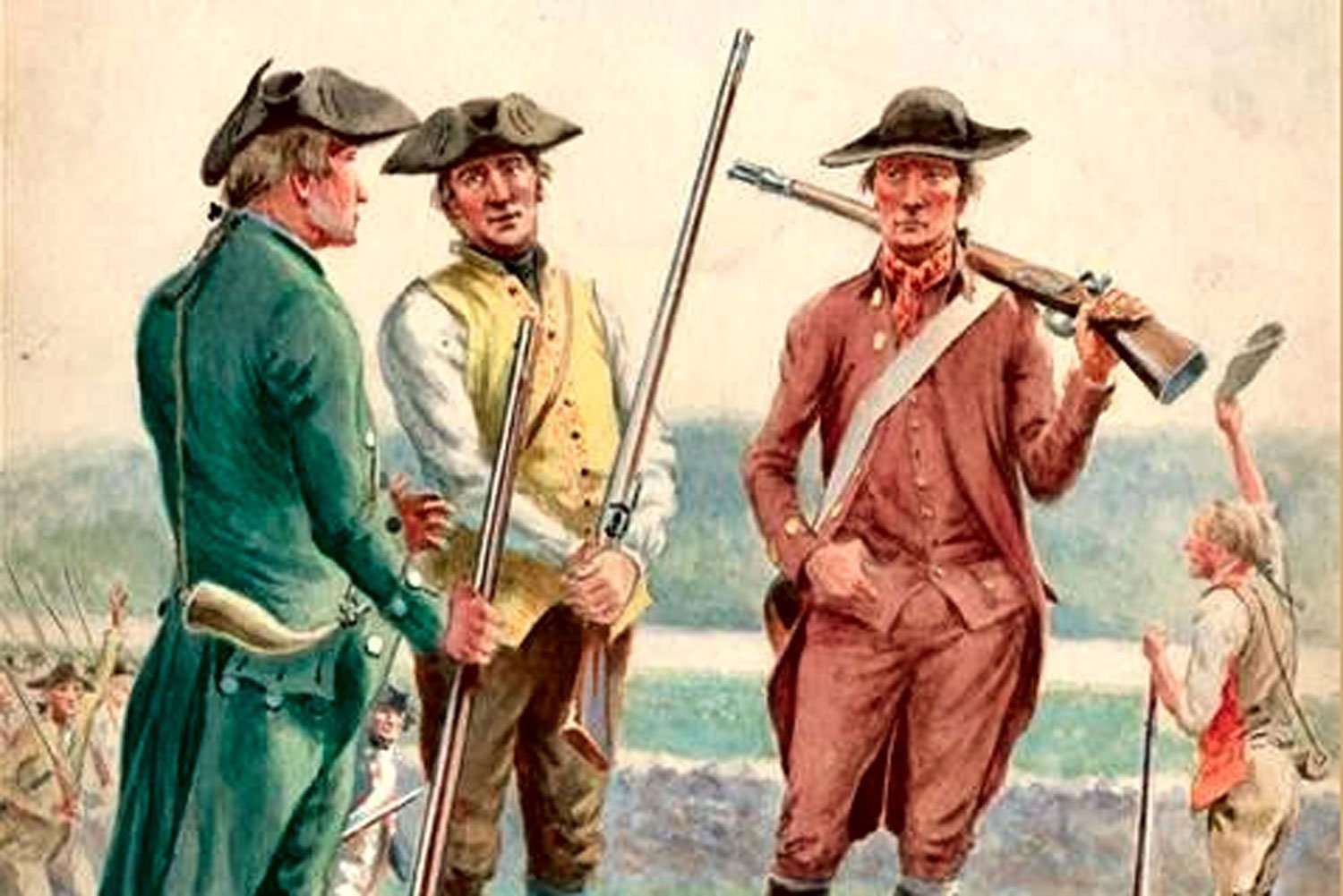
The only fighting in the Quasi-War occurred at sea, and mostly in the Caribbean. But with war at a fever pitch and French interests so close by in Louisiana, there was a very real concern in Congress about a possible French invasion of the United States from the west.